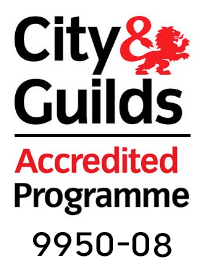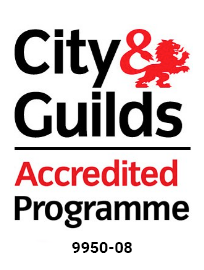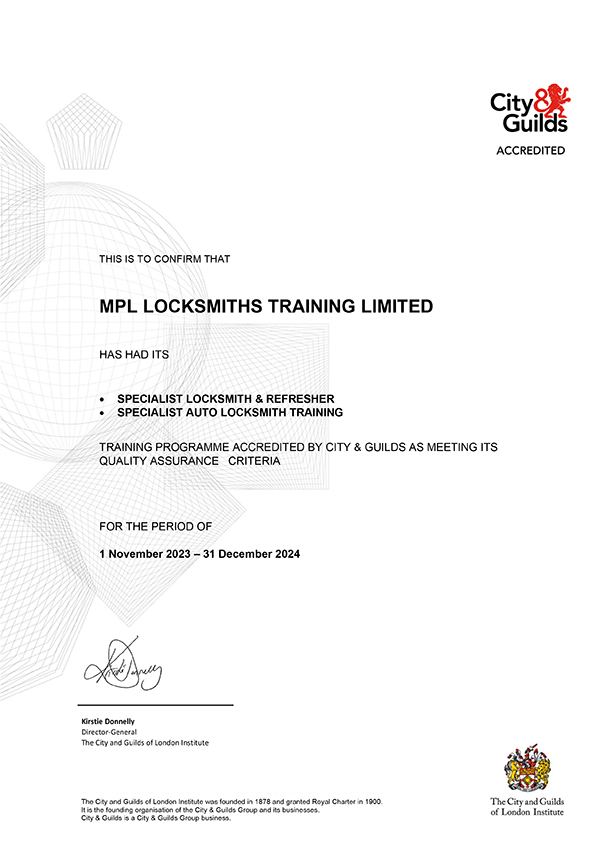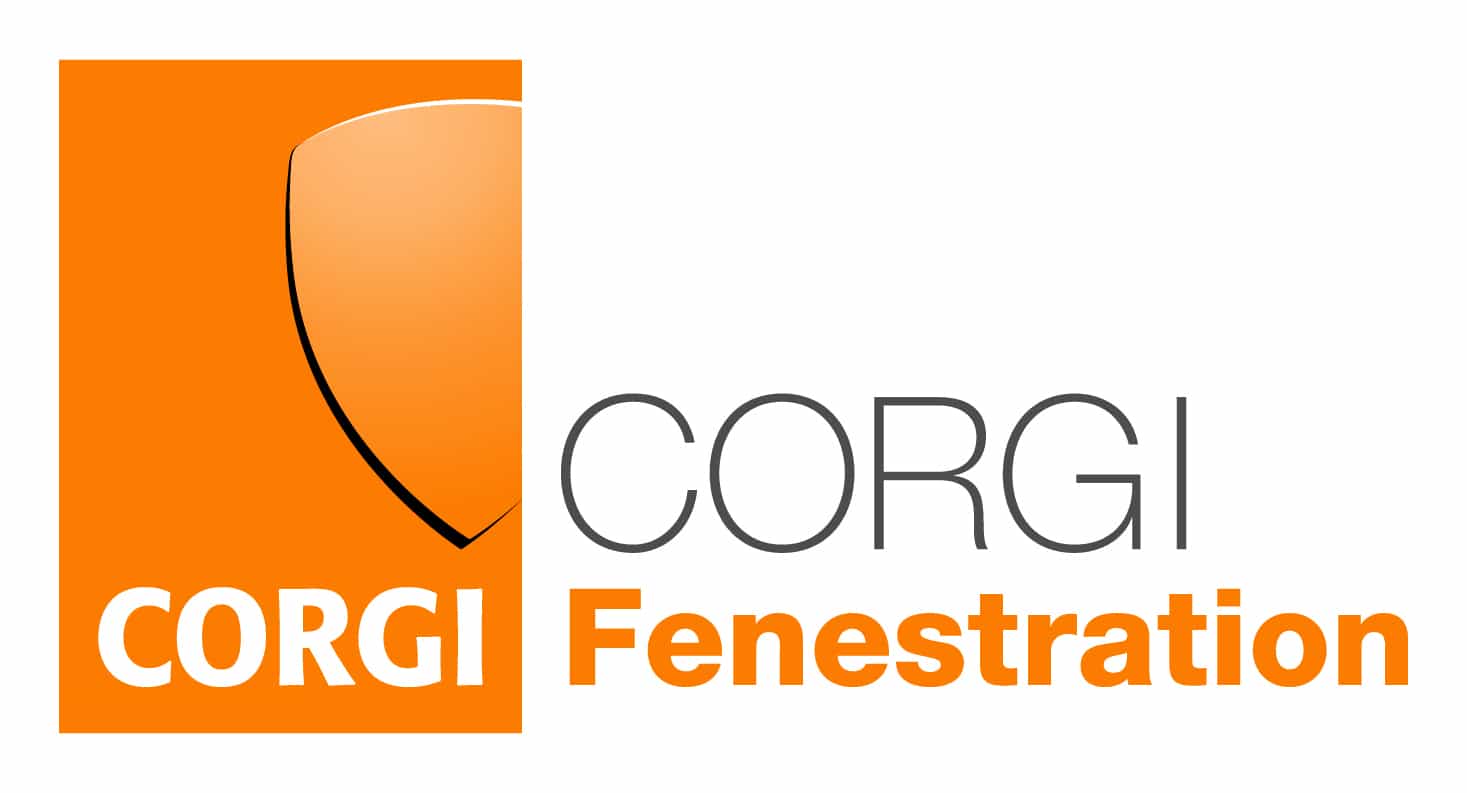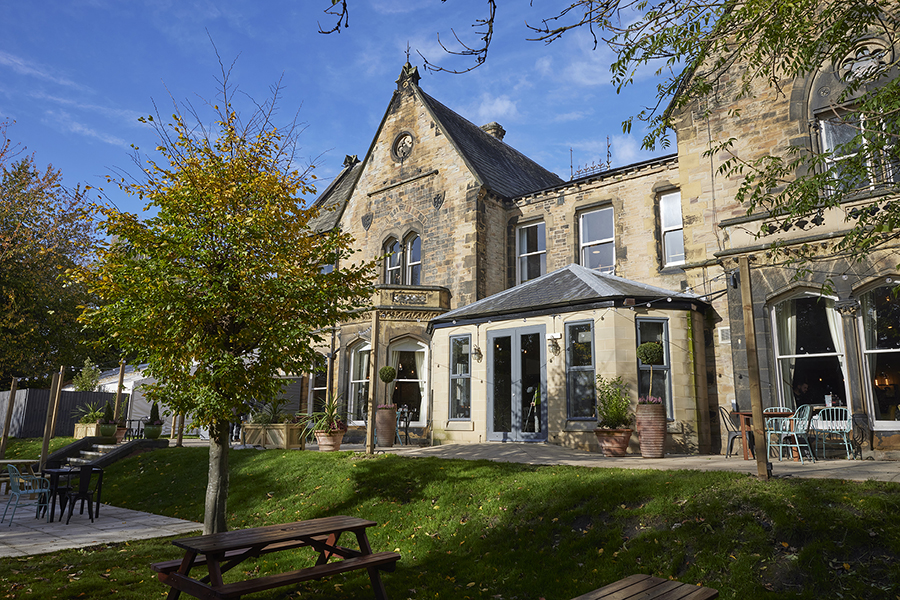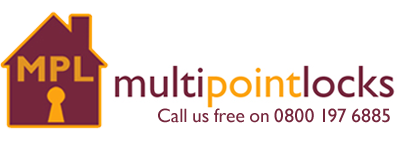One of the courses we offer here at MPL Locksmith Training is a 2-Day Access Control Course – but we find that many people are often unaware of what this entails or what Access Control is in general.
So, to help answer your questions, we’ve put together a Guide to Access Control, in which we’ll be covering what it means, why it’s necessary, the benefits it can provide to you as a locksmith, and the steps you can take to begin offering Access Control as a service!
What is Access Control?
Access Control is pretty much exactly what you would expect – it’s a term used to describe the various methods that allow users to control access to buildings or particular areas of buildings.
A prime example of access control would be hotels – if you’ve stayed in a hotel you’ve probably been given a keycard that you can use to gain entry to the building and your room.
Essentially it’s a way of keeping a building secure, but instead of using traditional keys, it involves access control systems like keypads, proximity devices, CCTV, fobs or readers instead.
Why is Access Control Needed?
So, why is access control important? Traditional security methods, like locks and keys, can create numerous issues for businesses – especially in high-traffic areas, so that’s where Access Control comes into play.
Keeping track of hundreds of keys can get incredibly complicated and costly. Plus, visitors may need temporary access, or you might need to revoke access to ex-employees; there’s a range of issues that could come up that are made much simpler with the help of an Access Control system.
Benefits of Access Control
Let’s explore the reasons why companies choose Digital Access Control Systems over more traditional locks and keys…
- Increase Convenience for all users and visitors
- Flexibility to control who has access to where and when
- Cheaper than mass key production
- Ability to control the system from a central point
- Increased security and event reporting – know who has been where
- Ability to connect to your CCTV system and/or Fire Alarm
Access Control Entry Types
The term ‘Access Control’ refers to a range of different entry types that all use various methods and technologies to allow and/or prevent access into specific areas. Different types of access control techniques are used in various environments depending on the level of security required, the type of building and the users involved. Let’s explore some of the common access control entry types you could find yourself working on:
- Mechanical Digital Code Locks:
Ideal for workplaces with a large number of staff or a high footfall, like offices for example. They are more traditional than most other access control systems listed below, but they can range from the old-school mechanical locks and push button locks with single code access, to more intricate dual credential systems where staff will have their own unique access code. - Electronic Access Systems:
Often referred to as EACs, Electronic Access Control systems are commonly used in buildings where people live or work, such as apartment blocks and offices. They are essentially digital networks made up of a reader/control unit and physical credentials given to those who have been granted access – most commonly in the form of key cards or fobs. - Audio Visual Entry Systems:
Like an intercom system, with the additional benefit of video, an Audio Visual Entry System is designed to allow users the ability to visually identify anyone trying to gain access. This provides increased security as users have the ability to check credentials, documentation and IDs to determine their level of access. They’re increasingly used in apartment buildings, educational facilities, and secure facilities with limited access. - Magnetic Door Lock Systems:
Magnetic Door Locks are highly popular thanks to their durability and simplicity for users. Most commonly utilised in multi-residence properties and commercial buildings like offices, this type of access control system allows for fast access both in and out with the combination of key codes and push to exit buttons. The use of current with maglocks increases security as the doors cannot simply be forced open with pressure. - GSM Entry Systems:
Global System for Mobile communications, or GSM, is the name for entry systems that utilise mobile phones to grant visitors entry. They’re the perfect solution for properties where a hard-wired entry system is either overkill or simply isn’t feasible. Similar to an intercom system, users receive audio and/or visual calls from visitors and can open doors all within their phones. - Smart Door Locks:
Relatively new to the market but increasingly growing in popularity, Smart Door Locks are typically installed on residential properties as they provide homeowners with complete control over who can access their homes and when. Users can remotely control their door locks via their phones and provide visitors with ‘virtual keys’ that allow access for specific times. Plus, when used alongside a mortice lock, they provide as much security as traditional key-operated locks. - Code Locks:
A popular choice for keyless entry, Code Locks rely on the input of allotted number combinations for access. They’re great for convenience and easily reprogrammable if you need to revoke access to specific individuals. More traditionally code locks would be completely mechanical but you can also get digital versions too. Code Locks are most commonly utilisied in commercial settings and workplaces. - Intercom Systems:
Probably the most commonly known about access systems, Intercoms have been around for years. They are essentially two-way communication systems that allows users to interact with visitors to determine their reason for entry or their access permissions. They are popular across a wide range of environments, including gated homes or communities, workplaces, schools and other public institutions.
Want to learn more about Access Control types and how to install them? Discover more about our Access Control Training below!
Access Control Training
We’re proud to offer a 2-Day Access Control Course at our Locksmith Training Centre in Wakefield. We’ve been running Locksmith Training Courses for decades,
Aimed at existing and practising locksmiths, our Access Control Course is perfect for anyone looking to expand their knowledge and widen their skill set. By mastering the art of Access Control, you can then offer niche services that will help you to stand out from your competition in the local area.
Taking part in an Access Control Training Course is the perfect way to secure additional locksmith work and broaden your horizons, or simply to switch it up if you ever grow tired of your usual day-to-day activities. You can then add Access Control System Installation, Maintenance, Repairs and Servicing to your roster of existing services and drive business and profits!
Interested in learning every aspect of Access Control from the basics up to the High-Security solutions? Enquire today for more information and get yourself booked onto our next Access Control course!
